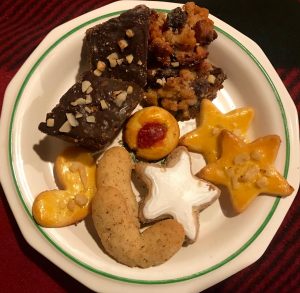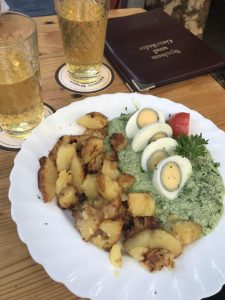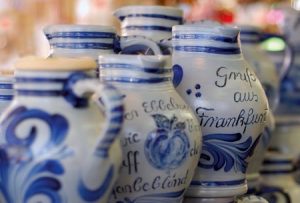Bavaria is not just popular because of its traditional food or beer, but also because of the Lederhosen. It’s a must have for every Bavarian and every curious explorer who wants to dive in this pool of traditions, beerfests and beyond.
And behind the Lederhosen stands a big history. Sorry to all hardcore Bavarians! Your pair of trousers doesn’t have a Bavarian origin… rather it was the French who used their own interpretation of the trousers for their aristocratic society and gave it the name ‘Culotte’. The trousers were made of velvet and silk. In the end of the 18 century the farmers found a use in the Culottes and modified them, to fit their hard working conditions. Therefore they made the Culottes from leather and thus the Lederhosen was born. Today Bavarians use deer leather and often you can see a lot ornaments in different Colours on them. The Colour stands for the origin of its possessor.
So go out to some traditional and old shops here in Munich (Schwabing offers a good variety) and make yourself and others a pleasure. One last info – never wash them, instead rub your oily and dirty hands on it after finishing your ‘Hendl’. It’s not a joke! People say, the leather will turn smoother and classier. But please never try to boast of with this fact in front of a girl you met on Oktoberfest!












